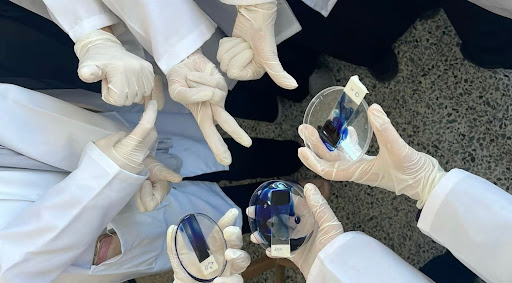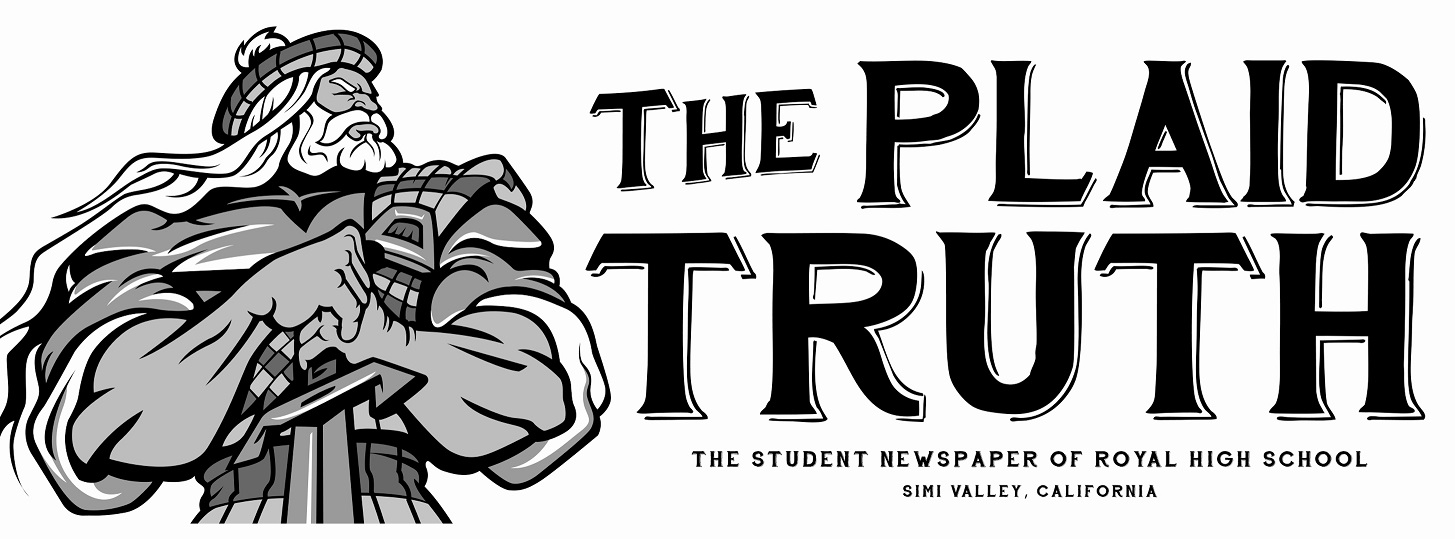
International Women in Science Day, celebrated on February 11 every year, is an important occasion to not only recognize the achievements of women in STEM but also to highlight the ongoing work needed to create an inclusive and supportive environment for women and non-binary individuals in science, technology, engineering, and mathematics. It’s a time to reflect on how far we’ve come and to encourage the next generation to get involved in STEM fields. This day holds a special place because it helps to highlight the critical contributions women have made in traditionally male-dominated fields and emphasizes that there is still much work to be done. Women are often underrepresented in STEM careers, and events like International Women in Science Day are vital to changing that narrative and creating space for future innovators.
The day itself is inspired by the work of women like Marie Curie who was the first woman to win a Nobel Prize. Curie’s groundbreaking research on radioactivity made such amazing and great contributions to physics and chemistry. She was the first woman to win the Nobel Prize and remains a pioneer in science. Her work paved the way for the development of X-ray machines, which continue to save lives today. Rosalind Franklin created X-ray diffraction images of DNA that were crucial in understanding the double-helix structure of DNA. Her contributions are now widely recognized plus she’s considered a hero in the study of molecular biology. Many may not know, but Ada Lovelace was the world’s first computer programmer. Lovelace was an incredible mathematician who understood the potential of computing long before it became a reality. Her work with Charles Babbage on the Analytical Engine led to the development of the first algorithm intended for a machine, laying the foundation for modern computing. Katherine Johnson, who was a mathematician and physicist, calculations helped ensure the success of orbital flight, and her story was made famous in the book and movie Hidden Figures. Johnson’s legacy is one of perseverance and brilliance in a time when women, especially African American women, were often overlooked and now inspired millions to do the same. Similar to Johnson, Mae Jemison was the first African American woman to travel to space. Jemison is not just an astronaut—she’s also a physician, a chemical engineer, and a passionate advocate for science education. She continues to inspire girls of color to pursue careers in STEM.
This year, UC Berkeley is hosting an exciting event on March 9, from 11:00 a.m. to 3:00 p.m., to celebrate International Women in Science Day. The event, organized by the UC Berkeley chapter of the Society of Women Engineers (SWE), offers a fun, hands-on experience where people of all ages can engage in engineering challenges, creative science activities, and meet real STEM professionals. It’s a chance to see how women have shaped the world of science and engineering, and to learn how you can get involved in these fields, too. Sabina Taha, a senior medical student at UC Berkeley (and my older sister), emphasized the importance of such events. “It’s so inspiring to see how many young people are getting involved in STEM. Events like International Women in Science Day show that women belong in all areas of science, whether it’s in the lab, the hospital, or the tech industry. It’s not just about celebrating what women have already accomplished—it’s about making sure that future generations have the tools, support, and inspiration to succeed,” she said. For anyone interested in attending, the event costs $20 for general admission (kids under 2 are free), but UC Berkeley members can attend for free. There are also special 3D theater and planetarium experiences available for $5 each on top of the admission fee. It’s the perfect opportunity to dive into the exciting world of STEM and see how space and engineering collide.
Ariana Lepe, a junior interested in becoming a doctor, shared her thoughts, “Seeing more women in STEM careers makes me feel like I can do it too. It’s like if they can, I can.” Wade Selesnick, a senior, added, “Honestly, I think the event is super important for breaking stereotypes.” For Sebastian Alcala, a junior, International Women in Science Day is a reminder to recognize the contributions that often go unnoticed. “This day is about giving credit where it’s due,” he said. Nathan Levine, a senior, believes that visibility is key to inspiration, “I think events like this do a lot for visibility. That’s what gets people inspired.” Jayden Ruiz Garcia, another senior, shared how the day helps amplify the voices of women who might not always get the recognition they deserve. “It’s cool to see all these women in STEM who might not get enough recognition. This day shows how important they are,” he said. Jeremy Ferrato, a senior, agrees that events like this are crucial for encouraging more girls to consider STEM, “I think there are a lot of girls who might not even think of STEM as an option for them.” Aaron Ontiveros, another senior, believes it’s important to show that STEM is for everyone, “Events like this show that STEM is for everyone.” Victoria Kahoe, a junior, thinks this event is a total vibe. “I would be hyped to go and learn about all the cool stuff women are doing.” As Aaron Ontiveros, a senior, summed it up, “This day is about remembering that STEM isn’t just for one group of people.”
International Women in Science Day isn’t just a celebration of women’s past achievements—it’s an ongoing mission to make the world of science more inclusive, accessible, and diverse. As Sabina Taha so perfectly put it, “It’s about creating a world where young girls, no matter their background, can look up and know that there’s a place for them in science and STEM.”


